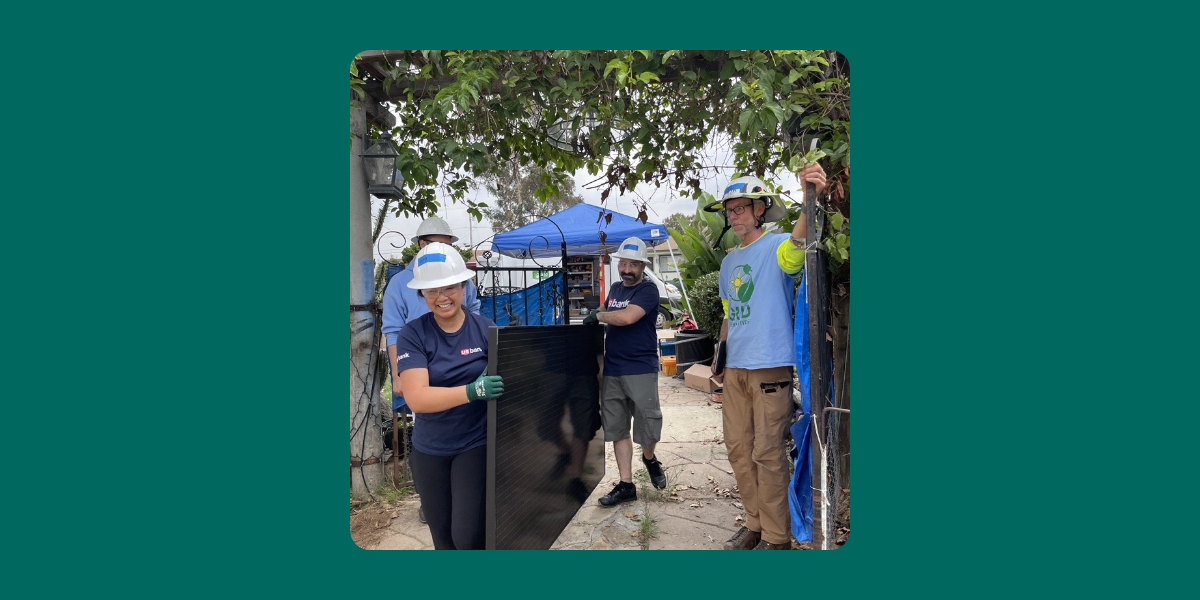As we continue to better understand how climate change will directly impact our communities, one thing is becoming clearer: climate change will likely make weather forecasting more difficult to predict.
Between October and December, San Diego saw above-average rainfall across the county with some locations seeing around 2.5 inches more precipitation than usual. For San Diego and the greater Southern California region where drought conditions have persisted, the added rain was much needed but was still not enough to return local water stores to standard levels. This remained true across the state where reservoirs continue to sit well below capacity.
What can we expect to see through the remainder of San Diego’s rainy season, and what factors must we now consider as we prepare for more extreme, unseasonal weather events?
How San Diego’s Weather is Changing
For those acquainted with California’s weather patterns, you might be familiar with El Niño and La Niña which describe “climate patterns in the Pacific Ocean that can affect weather worldwide” according to the National Oceanic and Atmospheric Administration. The NOAA’s latest outlook shows we are currently in the middle of a La Niña climate pattern which is anticipated to continue over the next few months.
For Southern California this could signal we are in store for drier, hotter weather conditions. All unfavorable signs for the current drought San Diego currently faces. However, the recent heavy rainfall we received brings into question whether La Niña climate patterns are a reliable indicator for the weather we can expect in San Diego.
According to Alex Tardy, Senior Meteorologist with NOAA, our growing understanding of both El Niño and La Niña and how they influence the weather we experience regionally suggests there is not as strong a correlation as previously thought. Other factors such as increased temperature, changes to bodies of water, e.g., shrinking lakes, rivers or snowpack and changes to our atmosphere like increased greenhouse gas emissions, all play a significant role in determining local weather conditions.
We are living in the midst of weather patterns that are changing before our eyes. Extreme, unseasonal weather events like heat waves, abnormally high winds and heavy rainfall are all occurring with higher frequency outside of historic weather seasons.
As daunting as this seems, there is much that San Diegans can do to mitigate ongoing impacts from our changing climate patterns while finding creative paths towards adapting to the changes to come.
Investing in a Climate Resilient San Diego
Tackling climate change will require an unprecedented level of cooperation and commitment from every member of our community, from public and private agencies to San Diego’s diverse communities and leaders.
Philanthropy plays a significant role in meeting unmet needs, filling funding gaps and acting as thoughtful partners enabling San Diego’s environmental leaders to innovate lasting climate solutions. The San Diego Foundation’s current focal climate impact areas include:
- Supporting environmental research to inform regional climate action and response,
- Supporting climate education and cross-sector collaboration,
- Supporting community-driven climate action, adaptation and resilience planning, and
- Supporting local climate projects with measurable, verifiable environmental benefits.
Learn More
The San Diego Foundation envisions a region that collectively grasps the uncertainties of climate change and is determined to jointly create a thriving, equitable future for current and future generations.
We invite you to learn more about The Foundation’s Climate Initiative and consider making a donation. Together, we can build equitable climate resilience for the San Diego region.




